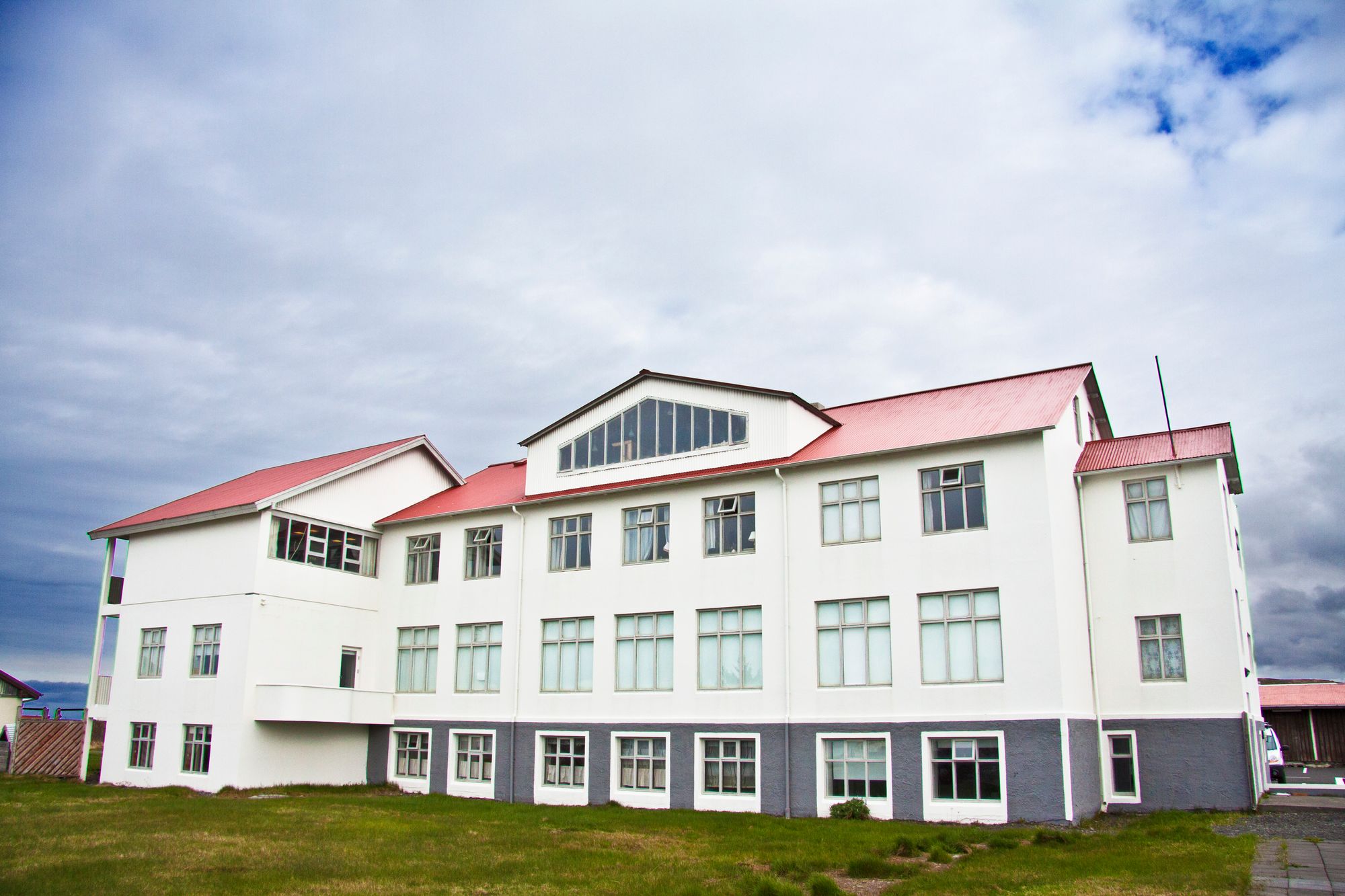The findings show that in general the interviewees think that the activities in the Women’s College Building increase
the diversity and bring new dimensions that benefit the community. Jon (pseudonym) a member of the municipal
government, mentioned that “events have been organized by the residents or tenants or artists or whatever you want
to call them, that is good for the area. It's good to have diversity in cultural events and it's good to have diverse
residents in the area, although these are not permanent residents, they come from all around.” It was also stated that
knowledge-based activities are valuable and would contribute to the community and its development. Some
interviewees mentioned that the activities in the Women’s College Building in itself contributed to the creation of jobs
in the community. In that way the activities could strengthen the tourist industry and its income. Rós (pseudonym), a
stakeholder of the old Women’s College building, specifically stated that “it would be possible to create a canteen for
the residents and that business could be rented out. There could be a cleaning service, teaching, maintenance....”
what the archive is about
The Living Archive explores the potential of (post)industrial heritage to transform production in our cities. We collect stories with participatory heritage methods. The nodes for the local collection efforts are Fab City Hubs (FCH). The collection has been carefully assembled by FCH teams who have been learning about, co-creating and applying participatory heritage-making approaches, emotion networking methodology, oral history principles and creative perspective-taking. Select tags and categories to filter stories in the archive below. Explore their connections in the network graph.



